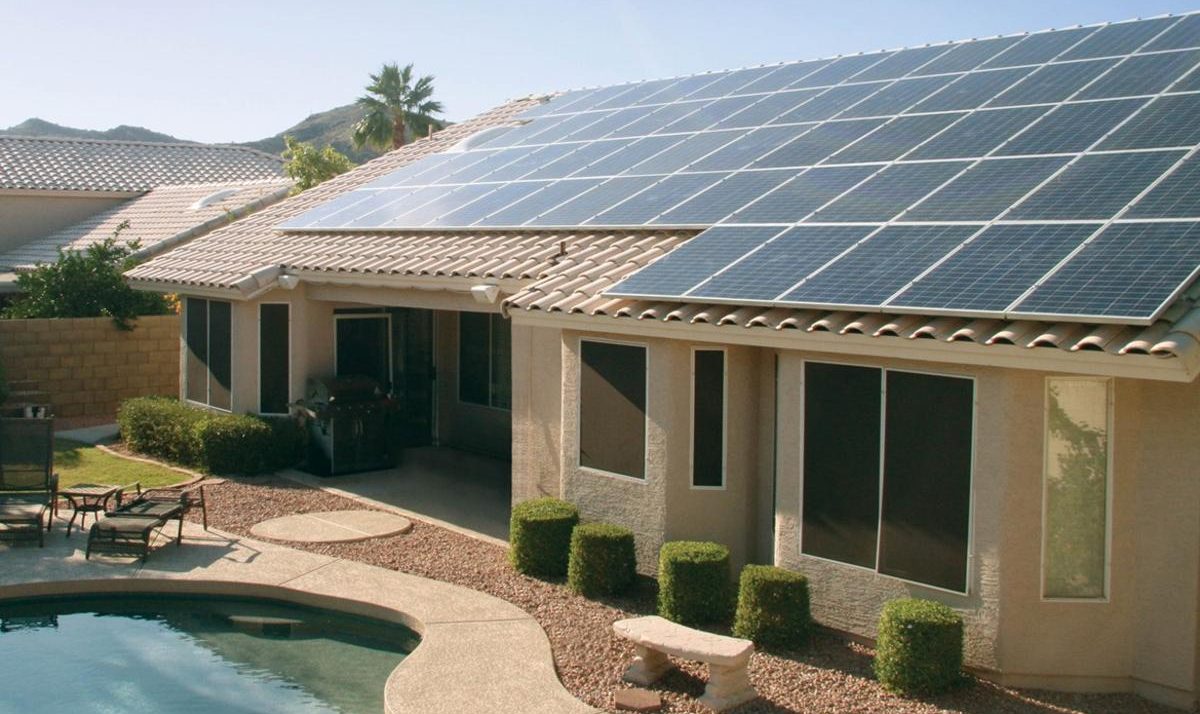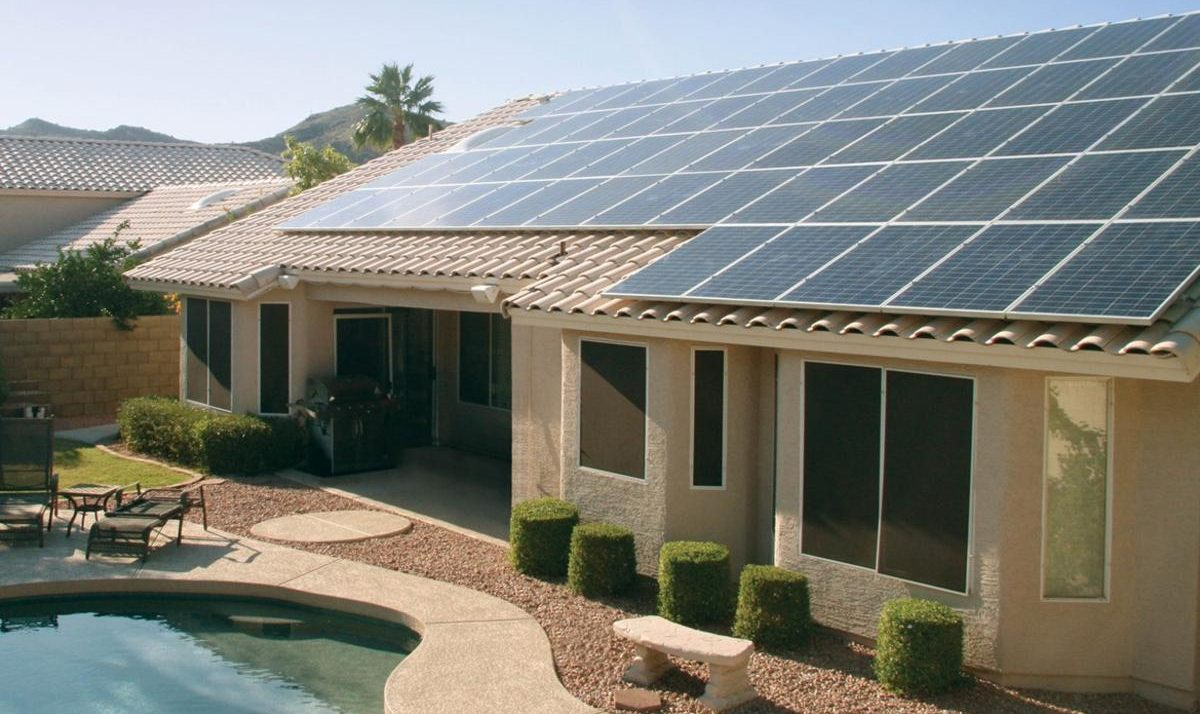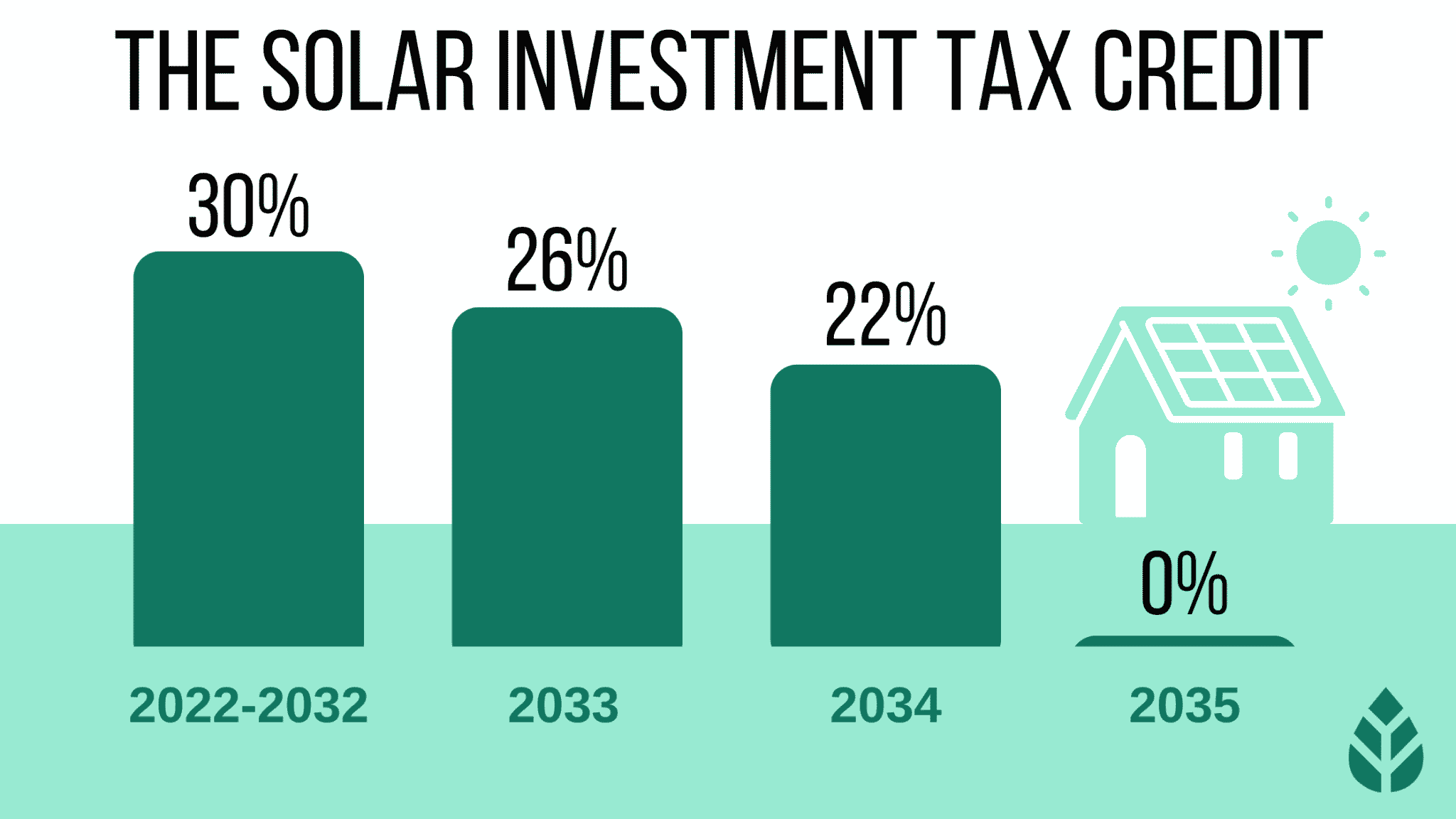
Known for its abundant sunshine and clear skies, California presents a prime opportunity for homeowners to harness solar energy with residential and commercial photovoltaic (PV) systems.
The state's substantial solar tax credits are setting solar adoption practices at a breakneck pace. In fact, California is the nation’s leading producer of solar energy, with nearly 28% of the state’s electricity coming from solar. With prices falling nearly 43% in the state in the last decade, nearly two million installations have been put in place.
This is your guide to California’s solar tax credits, incentives, and rebates.
California Solar Tax Exemptions
Residential Solar Mandate and the Investment Tax Credit
Mandated by California law since 2020, every new home constructed must be equipped with solar panels. This has led to inquiries about who is eligible for the Solar Investment Tax Credit (ITC).
Generally, the ITC is granted to the owner of the solar power system. If a homeowner purchases a newly constructed house with a solar system and owns the system entirely, they qualify for the ITC in the year they occupy the house. However, if the solar system is leased or the electricity generated by the system is purchased through a Power Purchase Agreement (PPA), the leasing company or PPA provider is entitled to claim the ITC.
Federal Solar Tax Credit
The federal solar tax credit, also referred to as the Investment Tax Credit (ITC), is a national incentive that allows individuals to obtain a tax credit for the costs associated with installing solar panels. This credit offers solar owners a 30% deduction on their total system expenses. For example, if you buy a 10 kilowatt (kW) system for $33,000, your tax credit would equal $9,900.
Additional local incentives can be utilized, including exemptions from Texas’ sales and property taxes.
In 2020, the federal tax credit for solar decreased to 26% but was reinstated to its original rate of 30% in 2022 by the Inflation Reduction Act. This credit will remain accessible until 2034, with a gradual phase-out planned. Here is the schedule:
- The credit will decrease to 26% in 2033
- The credit will decrease to 22% in 2034
- Unless renewed by Congress, the credit will phase out entirely in 2035
California Local Solar Exemptions
California provides property tax benefits and rebates for eligible homeowners who opt for solar panel installations. Although some of these incentives are income-dependent or specific to certain regions, your solar installer can guide you on your eligibility. Here's a brief overview of some universal incentives available across the state.
Disadvantaged Communities—Single-family Solar Homes (DAC-SASH)
- Incentive: Up to 100% of your total solar system cost.
- Frequency: One-time rebate.
The California Public Utilities Commission (CPUC) has collaborated with GRID Alternatives, an accredited nonprofit organization based in Oakland, to establish the DAC-SASH Program. The objective of this program is to augment savings for low-income families in economically and environmentally vulnerable communities through solar energy utilization. Presently, the DAC-SASH program is scheduled to operate until 2030.
To see if you qualify, you can fill out the form on GRID’s Energy for All Program website. Generally speaking these are the parameters:
- You must be a customer of Pacific Gas and Electric (PG&E), Southern California Edison (SCE) or San Diego Gas & Electric (SDG&E).
- You must live on tribal lands or one of the top 25% most disadvantaged communities statewide, which you can identify using the CalEnviroScreen.
- You must also meet income qualifications outlined by annual CARE and FERA guidelines.
Self-Generation Incentive Program (SGIP)
- Incentive: Up to $2,700, but it depends on the size of your solar battery and the incentives available in your community.
- Frequency: One-time rebate.
The CPUC promotes existing, new, and developing distributed energy resources via its Self-Generation Incentive Program (SGIP). This initiative offers up-front rebates to California businesses and residences that install energy storage systems. However, as it's a tiered block program, the incentive value decreases over time as more battery storage installations occur across the state.
The rebate value also varies depending on the size of the battery installed and the "block" assigned by your utility company. For most residential customers, SGIP is currently in Step 6, equating to $200 per kilowatt-hour (kWh) of stored energy capacity. A commonly used solar battery system like the 13.5 kWh Tesla Powerwall 2 could secure a rebate of $2,700.
Equity Resilience Incentives
- Incentive: $850 or $1,000 per kWh
- Frequency: One-time rebate.
Alongside the SGIP program, California provides additional incentives for projects classified as "Equity Resiliency. The program partners with customers in low-income households, those living in high-risk fire areas, customers who have experienced Public Safety Power Shutoffs (PSPS) events on two or more distinct occasions, and critical facilities that provide services to affected fire areas.
Should you qualify under any of the aforementioned categories, you can receive an SGIP rebate amounting to either $850 or $1,000 per kWh. This incentive typically covers the complete cost of installing a solar PV system for most residential energy storage solutions. In anticipation of the upcoming wildfire season, the CPUC has recently approved more than $1 billion in funding for the SGIP, which is set to last through 2024.
Active Solar Energy System Exclusion
- Incentive value: No increase in your property taxes after installing the solar system.
- Frequency: Valid through the end of 2024.
The Active Solar Energy System Exclusion (recently extended to the end of 2024) by the California State Board of Equalization ensures that installing residential solar panels in California or constructing a home equipped with a solar panel system won't lead to a rise in your property taxes until the conclusion of the fiscal year in 2024.
Typically, a solar system can enhance the value of your property. A recent study by the Appraisal Institute suggested that the worth of homes in California could increase by approximately $6,000 per kilowatt of solar capacity.
This incentive provides a "new construction exclusion," sparing you from paying additional property taxes due to a solar installation. It's not a tax exemption, meaning the installation of a solar PV system won't result in a tax hike or a reduction in the assessment of the existing property, thereby maintaining your tax obligation constant.

Local Solar Incentives
There are several local solar incentives in California that residents can take advantage of depending on where they live. These are some of the most substantial.
Sacramento Municipal Utility District Stipend (SMUD)
Frequency: $150
Savings: One-time stipend
SMUD provides customers with a stipend for the purchase and installation of a solar system meter cabinet and equipment.
San Francisco PACE Financing: Rancho Mirage Energy Authority Rebate
Frequency: $500
Savings: One-time rebate
RMEA offers its customers a $500 rebate for installing new solar panels or expanding an existing system.
GreenFinanceSF
Frequency: Varies depending on your solar loan term and interest rate
Savings: Ongoing through the end of your solar loan
This program allows you to finance your solar panels through your property taxes, making payments more convenient and decreasing what you pay in interest rates.
San Diego Green Building Program
Allows you to reduce your permit fees by up to 7.5% if you’re renovating or building a home and adding solar panels or other energy efficiency or renewable upgrades.
Net Metering in California
Net Energy Metering (NEM) typically lets you accumulate credits on your energy bill for any surplus power that your panels generate and feed into the electric grid. As of April 15, 2023, California has shifted from the NEM 2.0 program, which provided energy credits at the full retail rate, to the NEM 3.0 program.
This updated arrangement is essentially a "net billing" system where utilities credit customers at an avoided-cost rate for excess energy instead of the full retail rate. The avoided-cost rate, significantly lower than the full retail rate, represents the cost that the utility would have incurred to generate that energy.
Customers who filed a request for net metering with their utility provider before the deadline of April 14, 2023, midnight, are secured under the full-rate NEM 2.0 net metering program. All other customers can only qualify for the NEM 3.0 program.
With the introduction of the new NEM 3.0 solar scheme, integrating a solar battery into your system can potentially lead to greater savings on your electricity bill. Solar batteries capture and store surplus solar energy produced by your panels during daytime, which can then be utilized at night, on overcast days, or during power outages. The stored solar energy helps you evade higher electricity rates during peak usage hours and can act as an alternative to net metering.
How to Enroll in California’s Net Metering Program
To participate in net metering, your solar installer will file an interconnection request with your utility provider. After receiving approval for this connection, your installer will link your solar system to the grid, enabling you to start benefiting from the net billing rate under the NEM 3.0 program.
For further details about this new net billing arrangement, consider checking out the website of the California Public Utilities Commission.
California Solar Resources
Net Metering: California Public Utilities Commission
Let US Solar Supplier guide your solar energy project! Consult with us today to match the perfect system to your needs.







